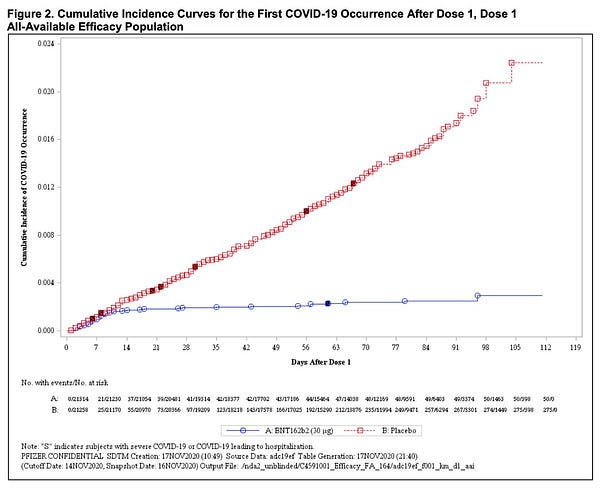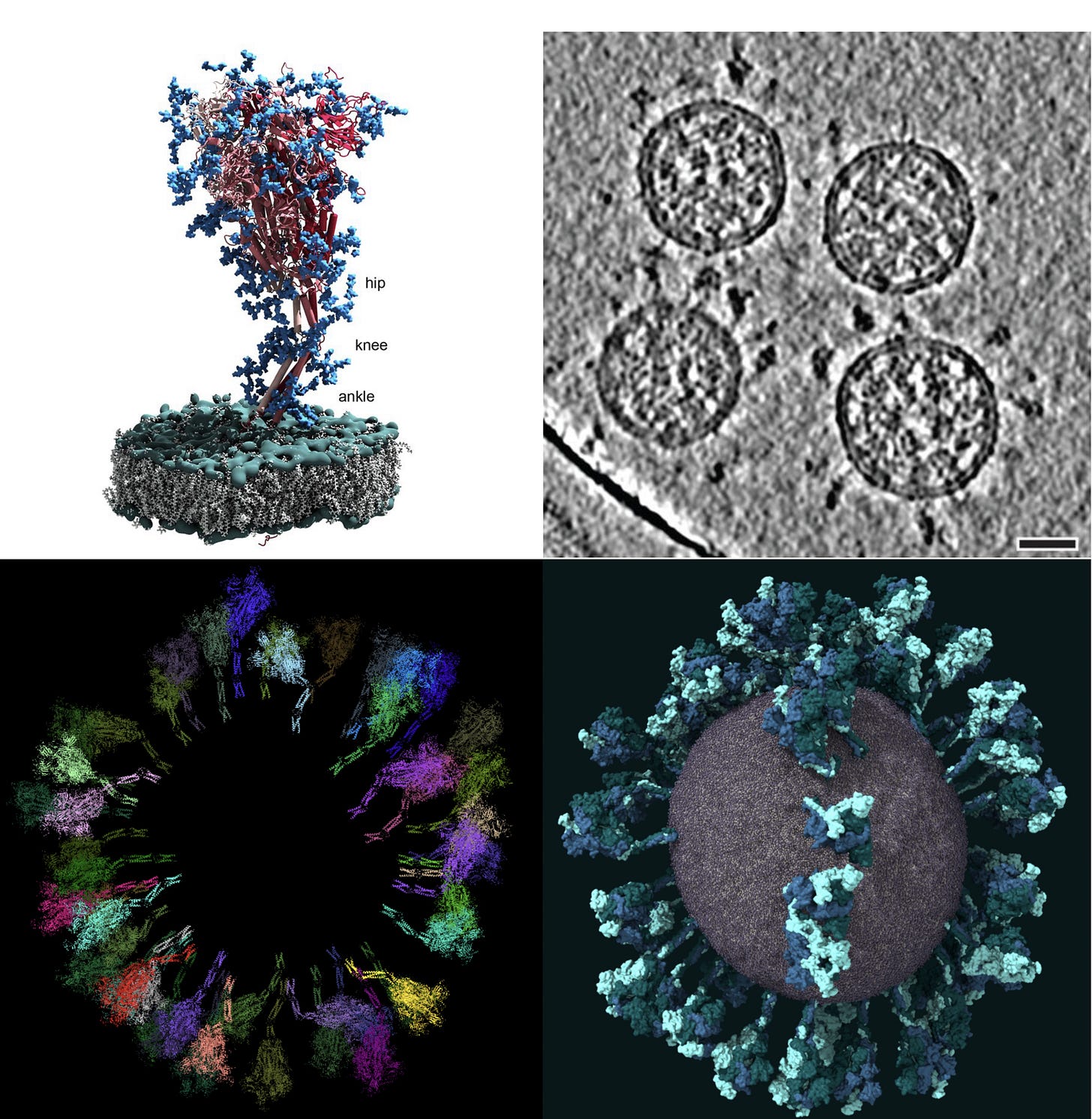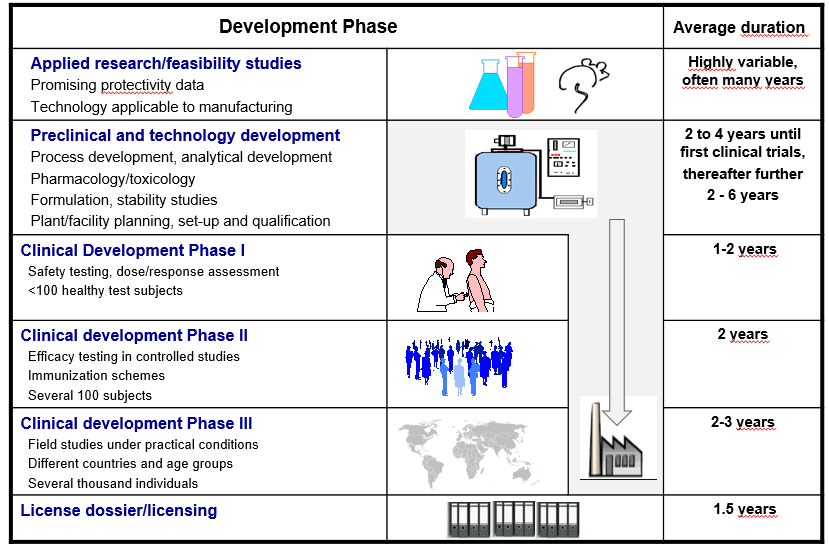On Friday, the FDA issued an emergency use authorization (EUA) for Pfizer’s COVID-19 vaccine, representing the fastest vaccine development timeline the world has ever seen. For an excellent video on how the vaccine works, I refer you to this video that has been circulating on Twitter. Details aside, the fascinating thing about this vaccine is that it doesn’t use a weakened version of the COVID-19 virus like some other vaccines. Instead, it simply contains the instructions to produce COVID-19’s kryptonite: the spike protein.
COVID-19’s spike protein is an amazing molecular tool that is critical for the virus to enter our cells, yet at the same time it is like a giant white flag that reads “this is how you kill me.”
The protein by itself is absolutely harmless which is why you can’t get COVID-19 from Pfizer’s vaccine. The vaccine itself contains engineered RNA designed to instruct our cells to produce this spike protein and tell our immune system to destroy any future particle that contains it. If you’re concerned about whether RNA or DNA might be toxic, consider that you come into contact with an astonishing amount of harmless viral RNA or DNA every day. The number of viruses on earth may be on the order of 10^31 10^31 or 10000000000000000000000000000000 which is 100 millions times more than the number of stars in the universe. A virus like COVID-19 represents only a tiny… really tiny… percentage of viruses with the necessary tools to be harmful.
The greatest feat
The first approved COVID-19 vaccine took approximately 11 months despite early estimates that it could take at least 2 years. To put this timeline in perspective, a typical vaccine can take 10-15 years to be developed.
The reason this vaccine didn’t take as long isn’t that Pfizer skimped on safety protocols. It’s because instead of doing each step of the process sequentially one after another, Pfizer and other companies took on enormous financial risk and did every step of the process simultaneously. Even as the vaccine was in early phase I trials, plans were already in place for manufacturing and distribution. I don’t think it can be overstated how costly or risky this is if the vaccine didn’t work.
I believe that history will look back on this year’s vaccine development as one of the greatest feats in the history of mankind—rivaling the moon landing, the defeat of the Axis powers in WWII, etc. This is a time when millions of people will come together from lots of industries to put others before themselves and save millions of lives.
It’s because of this that it has been disappointing and disturbing to witness widespread mistrust in institutions—particularly scientific ones. I think science has an “Ivory Tower” problem. People seem to be completely out of touch with how science works in the real world and who scientists are. The idea of working in a lab has been fictionized in media and culture as something that is corruptible. The idea of research is ethereal and vague and so maybe it’s no surprise that so many people don’t trust scientists.
As someone on the inside that has worked at three different scientific institutions, I can tell you that everyone I’ve met is an honest, hardworking person. The job can be grueling and frustrating but everyone is just trying to be part of something bigger than themselves. In the face of this pandemic, scientists are heroes just like our nurses, teachers, postal service workers, etc.
Today is a day to celebrate mankind’s ability to come together despite our differences and do something extraordinary. I’m proud to be a part of the scientific industry and look forward to contributing to scientific progress in the future.
🤔 Questions, comments, feedback? Just hit “reply” to this email and let’s have a conversation!
🤝 Think someone would enjoy Synapse? Share it with them!
📆 Upcoming Schedule
With the holidays rapidly approaching I wanted to let all of you know that the Synapse newsletters going out on December 27th and January 3rd are going to be a little different.
On December 27th, I’m going to send out a special “Synapse Feedback” edition in which I present and respond to a lot of the amazing feedback and thoughts I’ve received on the last few newsletters. If you have any new questions or feedback you want to talk about, now is your chance to get in touch!
On January 3rd, there won’t be any original content, but there will be a “Synapse Year-end Review” in which I reflect on the essays I’ve written this year, the threads that connect them and give you new subscribers a chance to catch up on any essay you might have missed!
🐦 Tweet of the Week


⚡️P.S. If you're new here and want to read more of the Synapse Newsletter each Sunday, subscribe below!⚡️






While vaccine research has indeed been fast, there are some problems with how it has been presented here. First of all, there are multiple teams working on different approaches in different countries. This does not mean "humanity has come together" but rather lots of good science, driven by the mission as well as billions of dollars and the promise of billions more. Secondly, the Russians and Chinese already have vaccines that they are shipping to other countries. The US has not been the first, nor the Europeans. This is not at all like the Moon landing where one country led and has not been surpassed. Indeed, science is corruptible and has a political face as well, and the current president has done as much as possible to do just that, from a compromised CDC to defunding the WHO. Also, the vaccine for the 1918 flu pandemic is a real challenger to how things came together and where cutting edge science was done at an astonishing pace. It really is a worth reading about this, and I highly recommend the book by John M. Barry: https://www.goodreads.com/review/show/3369965484